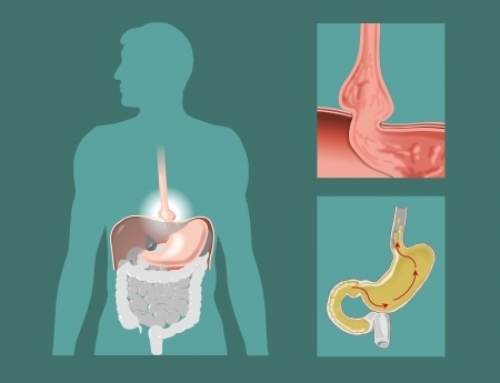If you have ever sprained a joint, you will recall that not only was it painful, but it felt worse if you tried to use it. In most cases, it will eventually go away and you can return to normal daily activities. There are a few cases in which a sprain can happen again in the same location because the first injury weakened the joint.
Recurrent sprains or unresolved sprains are problems that many athletes and sports enthusiasts live with. They can stop you from doing an activity that you love to do, not because of pain, but because of fear of causing further damage or injury. In most cases it is not the pain but the instability of the joint.
There may be times when the joint does not feel stable and you are concerned that you will injure it again. You may consider getting X-rays or an MRI, but if the results do not turn up anything, your doctor may prescribe pain medicines, muscle relaxers or Ibuprofen. Although those meds may initially taper the pain, it does not heal the injury.
Bracing, rest and stretching may also help; but not having the full return of the joint can be frustrating.
When patients have these symptoms, it is usually because the nerves that innervate the joint have been altered from the trauma and cannot signal the brain to make the muscles fire like they did in the past. These nerves are called Golgi Tendon Organs and Intrafusal Fibers, and they innervate the muscle’s joints and ligaments.
The key to restoring a joint is to reset the nerves and to make sure that the joint is aligned well. This is important because the body will not allow full function until there is full correction at the joint.
Applied Kinesiology is the best evaluation to see if this is your problem. It can allow me to see where the nerves have been altered and to figure the best way for your body to restore the function.


